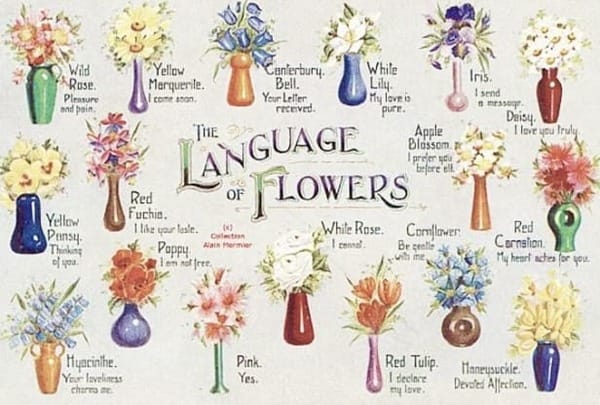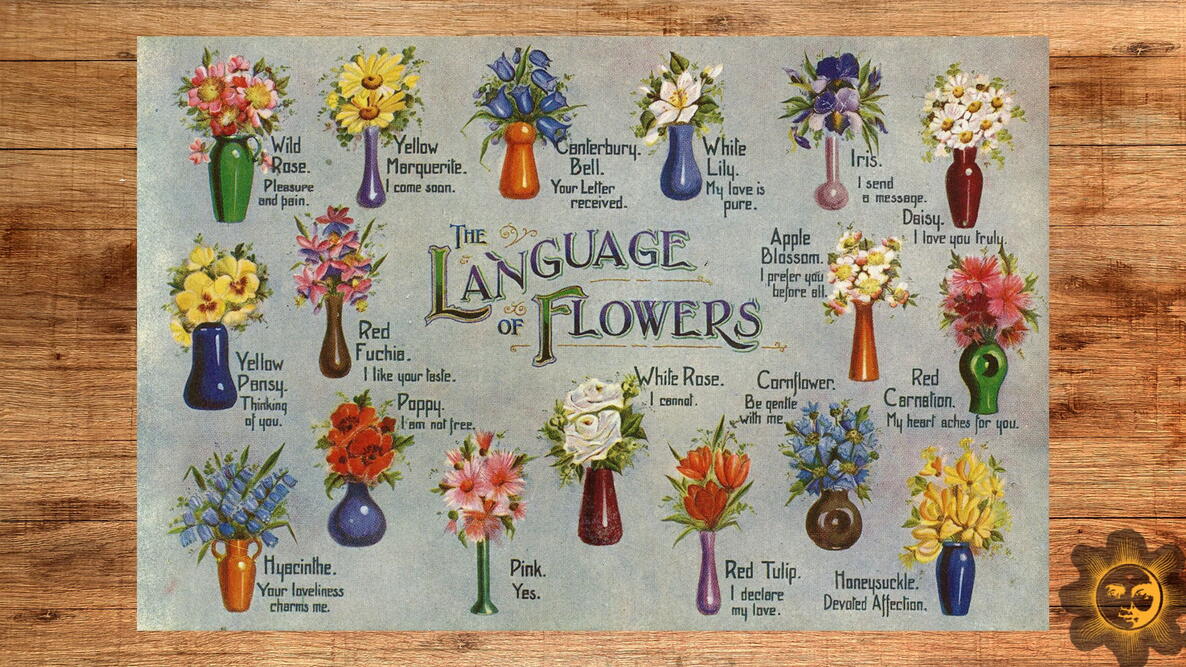The Language of Flowers: Decoding Botanical Messages
In this article, we delve into the fascinating world of floral symbolism, exploring the history, significance, and enduring allure of decoding botanical messages through the language of flowers.


Throughout history, flowers have been more than just beautiful adornments; they have served as powerful symbols of love, friendship, and expression. From ancient civilizations to Victorian England, cultures around the world have assigned meanings to different flowers, creating a rich tapestry of symbolism known as the language of flowers. In this article, we delve into the fascinating world of floral symbolism, exploring the history, significance, and enduring allure of decoding botanical messages through the language of flowers.
Origins of Floral Symbolism
The practice of associating flowers with specific meanings dates back thousands of years, with evidence of floral symbolism found in ancient Egyptian, Greek, Roman, and Chinese civilizations. In these cultures, flowers were often used in religious ceremonies, rituals, and celebrations to convey messages of love, fertility, and mourning. Over time, the symbolism of flowers became more elaborate and codified, with each bloom carrying its own unique significance and symbolism.
Victorian Era: The Language of Flowers Blooms
It was during the Victorian era that the language of flowers reached its zenith, with the publication of "Flora's Dictionary" by Charlotte de Latour in 1819 and "The Language of Flowers" by Kate Greenaway in 1884. These popular books cataloged hundreds of flowers and their corresponding meanings, providing Victorians with a comprehensive guide to communicating sentiments and emotions through floral arrangements. From roses symbolizing love and passion to lilies representing purity and innocence, the language of flowers became an integral part of Victorian culture and etiquette.
Decoding Botanical Messages
Each flower in the language of flowers carries its own unique meaning, often influenced by factors such as color, fragrance, and cultural context. For example, red roses are commonly associated with romantic love, while white lilies symbolize purity and rebirth. Similarly, the yellow daffodil represents new beginnings, while the violet signifies modesty and humility. By carefully selecting and arranging flowers, individuals could convey complex emotions and sentiments without uttering a single word.
Contemporary Applications
While the Victorian era marked the peak of floral symbolism, the language of flowers continues to resonate in contemporary culture, albeit in more subtle ways. From wedding bouquets and floral arrangements to greeting cards and gifts, flowers remain a popular means of expression for special occasions and everyday gestures of affection. Additionally, the rise of social media has provided a platform for sharing floral symbolism and botanical inspirations, allowing individuals to connect and communicate through the universal language of flowers.
Conclusion: Blooming Expressions of Sentiment
In conclusion, the language of flowers serves as a timeless and universal means of communication, transcending language barriers and cultural boundaries. Whether used to express love, gratitude, sympathy, or celebration, flowers have the power to convey emotions with grace and elegance. By understanding and appreciating the symbolism of flowers, we can unlock a world of hidden meanings and botanical messages, enriching our lives with beauty, symbolism, and sentiment.